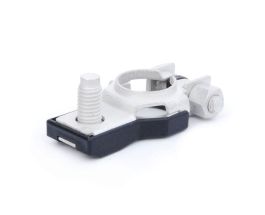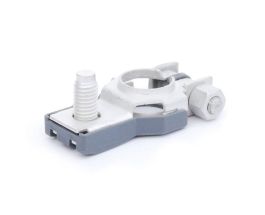1st time poster but have read quite a few posts on this issue.....
I have a 78 series Troop Carrier that has starter motor problems. Most of the time I try and start, I hear the Bendix click in, but it fails to spin to start the engine. When I take the starter motor out and test it (completely remove) it click out and spins every time. I thought it must be the wiring of the cruiser that was defective, so I have now reconnected the starter motor to the cruiser however have not bolted it into place. This allows me to see the starter motor is working correctly when I turn the ignition without it having to crank the engine. As this works, would my assumption be correct that the starter motor is just no longer strong enough to crank the engine everytime?
Most of the time I can rock the cruiser back and forth and then the starter will work, but it is getting harder to start it this way. Any thoughts would be appreciated as I am about to buy a new starter motor but just wanted to check I was on the right track first.
I have a 78 series Troop Carrier that has starter motor problems. Most of the time I try and start, I hear the Bendix click in, but it fails to spin to start the engine. When I take the starter motor out and test it (completely remove) it click out and spins every time. I thought it must be the wiring of the cruiser that was defective, so I have now reconnected the starter motor to the cruiser however have not bolted it into place. This allows me to see the starter motor is working correctly when I turn the ignition without it having to crank the engine. As this works, would my assumption be correct that the starter motor is just no longer strong enough to crank the engine everytime?
Most of the time I can rock the cruiser back and forth and then the starter will work, but it is getting harder to start it this way. Any thoughts would be appreciated as I am about to buy a new starter motor but just wanted to check I was on the right track first.





